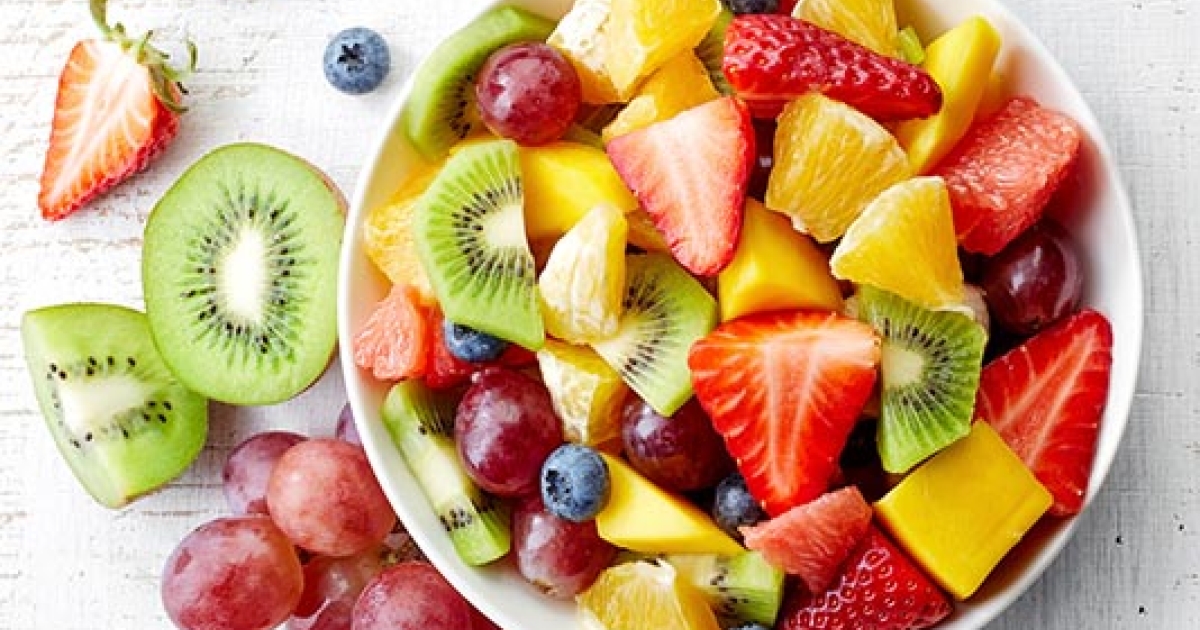This article comes from Nutrition Action. We don’t accept any paid advertising or corporate or government donations. Any products recommended by Nutrition Action have been vetted by our staff of nutritionists and are not advertisements by the manufacturers.
Eat more fruits and vegetables. Cut back on salt, saturated fat, and sugar. Switch to whole grains. Get your body moving.
Many people know all that and more. But how do you translate those broad strokes into the dozens of decisions you make every day? Here are 10 of our favorite tips to get 2023 started.
1. Replace your meat (or starchy side dish) with beans or lentils.
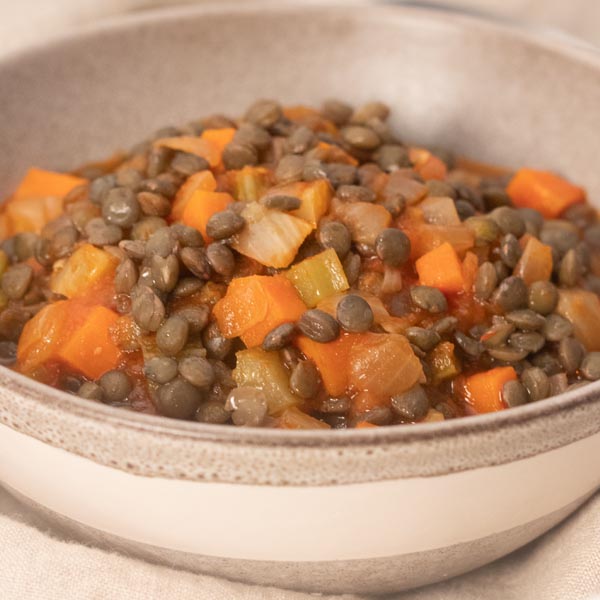
Legumes are packed with fiber, protein, potassium, magnesium, folate, and iron. That helps explain why beans (and lentils) are so good for you. Bonus: they’re delicious. Warm up your winter with this French Lentil Stew from Kate Sherwood, The Healthy Cook.
2. Go nuts.
Nuts and seeds offer a little plant protein and plenty of healthy fats, plus nutrients like magnesium, zinc, and vitamin E. So sprinkle them on salads instead of croutons, which are usually salty white-flour bread. (For more flavor, toast the nuts first.)
More ideas: Top your yogurt or oatmeal with almonds or walnuts. Or try tahini (toasted sesame paste) in sauces or dressings. Use peanut butter in peanut curry, sesame noodles, or spicy peanut dressing.
3. Add veggies to boost the potassium and lower the salt per serving.
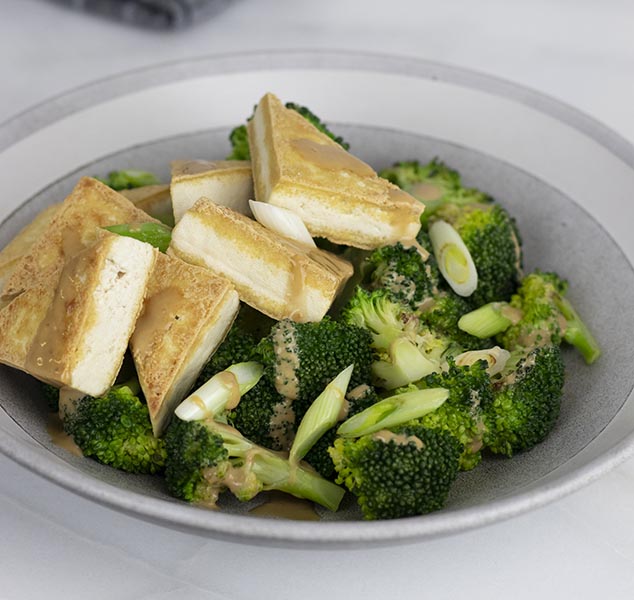
Add a pound of steamed broccoli or other veggie to your favorite Chinese or Thai take-out. Mix a bagged salad kit with a bag of undressed lettuce. Add a bed of baby spinach or kale to frozen meals. That way, each mouthful ends up with more potassium and less salt.
4. Slash the sugar in your yogurt.
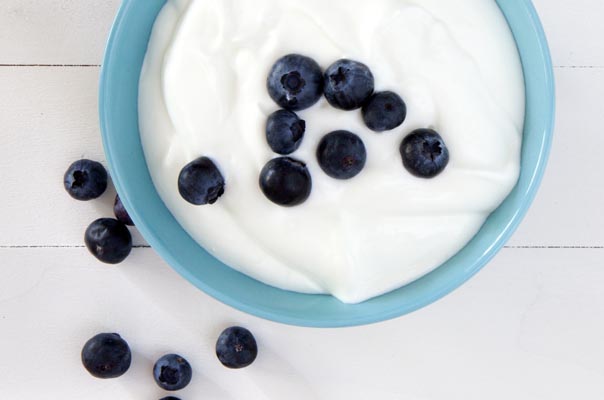
You can’t go wrong with some fresh fruit plus plain greek or regular yogurt, which has no added sugar. Try mixing in frozen wild blueberries or mango or stewed cinnamon apples. Mmm.
But plain yogurt isn’t for everyone. And many “light” yogurts cut sugar by adding acesulfame potassium and sucralose. Some good bets: Two Good, Oikos Pro, and Chobani Less Sugar.
5. Sidestep sugary coffee drinks.

The best coffee drinks mix espresso or coffee with milk, water, or ice, not sugary syrups, cream, or whipped cream. That means a regular latte or cappuccino, or an Americano (espresso plus water), black coffee, or iced coffee.
Tip: A regular (unflavored) latte or cappuccino is typically only espresso plus milk with no added sugar. Each pump of flavored syrup or packet of sugar adds about a teaspoon of sugar. At Starbucks, whipped cream adds at least 70 calories of cream and sugar.
6. Eat like a flexitarian.

A diet that’s low on meat (especially red meat) and dairy and heavy on plants is not just healthy for you, but also the planet. And because a flexitarian diet is mostly (but not 100 percent) plant-based, it’s flexible. For more info, see our guide to eating like a flexitarian.
7. Take home half your restaurant meal.
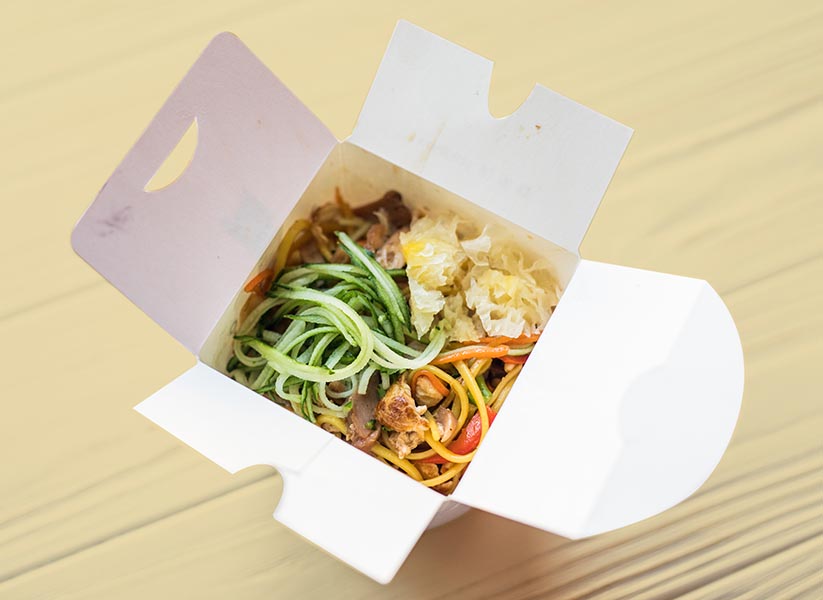
When researchers analyzed main dishes at independent and small-chain restaurants in Boston, the average entrée (with sides) had roughly 1,300 calories. That’s with no drink, appetizer, or dessert. And they looked at more than half a dozen cuisines, including Greek, Indian, Vietnamese, Mexican, Thai, Japanese, Chinese, and Italian.
8. Add volume to your grains with vegetables.
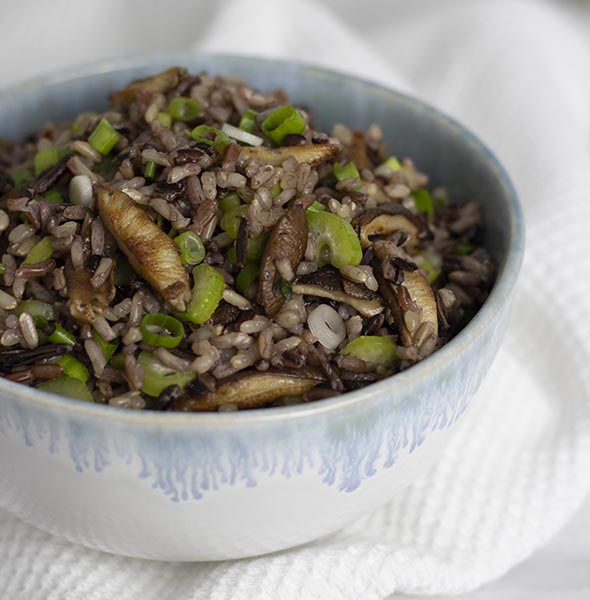
A serving of grains (half a cup) isn’t much. It wouldn’t even fill a tennis ball. Solution: Add sautéed or roasted veggies to your cooked brown rice or quinoa. Or toss your whole wheat pasta with grilled or sautéed mushrooms, bell peppers, and/or zucchini, or with sautéed spinach or kale. The vegetables are a twofer: They add flavor and lower calorie density (calories per bite).
9. Get excited about exercise.

Exercise can seem overwhelming. But research shows that all amounts and types of exercise keep your brain and body in shape. Exercise can help us think better, sleep better (including falling asleep more quickly and sleeping more soundly), tamp down blood pressure, make insulin work better, and taper anxiety. And the benefits build up over time: People who exercise have a lower risk of developing cardiovascular disease, type 2 diabetes, and many types of cancer.
How much? Aim for 150 minutes of moderate-intensity exercise per week (and don’t forget about strength training). But every bit counts. Get your heart rate up as often as you can, even if it’s just for a few minutes at a time.
10. Try one of our strategies to help you say no to junk food.

Our environment is saturated in calories—cheap, tempting, unnecessary calories. You can’t run errands or take a trip to the mall without dealing with a constant barrage of junk foods. Human brains aren’t designed to say no to them, though they do our health no favors. Here are six strategies you can use to resist the flood of junk food fighting for your attention.
Photos: baibaz/fotolia.com (fruit), Nikiko/pixabay.com (peanuts), JJAVA/stock.adobe.com (yogurt), fahrwasser/stock.adobe.com (coffee), F8studio/stock.adobe.com (takeout), StockSnap/pixabay.com (exercise), Pixsooz/fotolia.com (donut), Kate Sherwood and Jennifer Urban/CSPI (all others).

